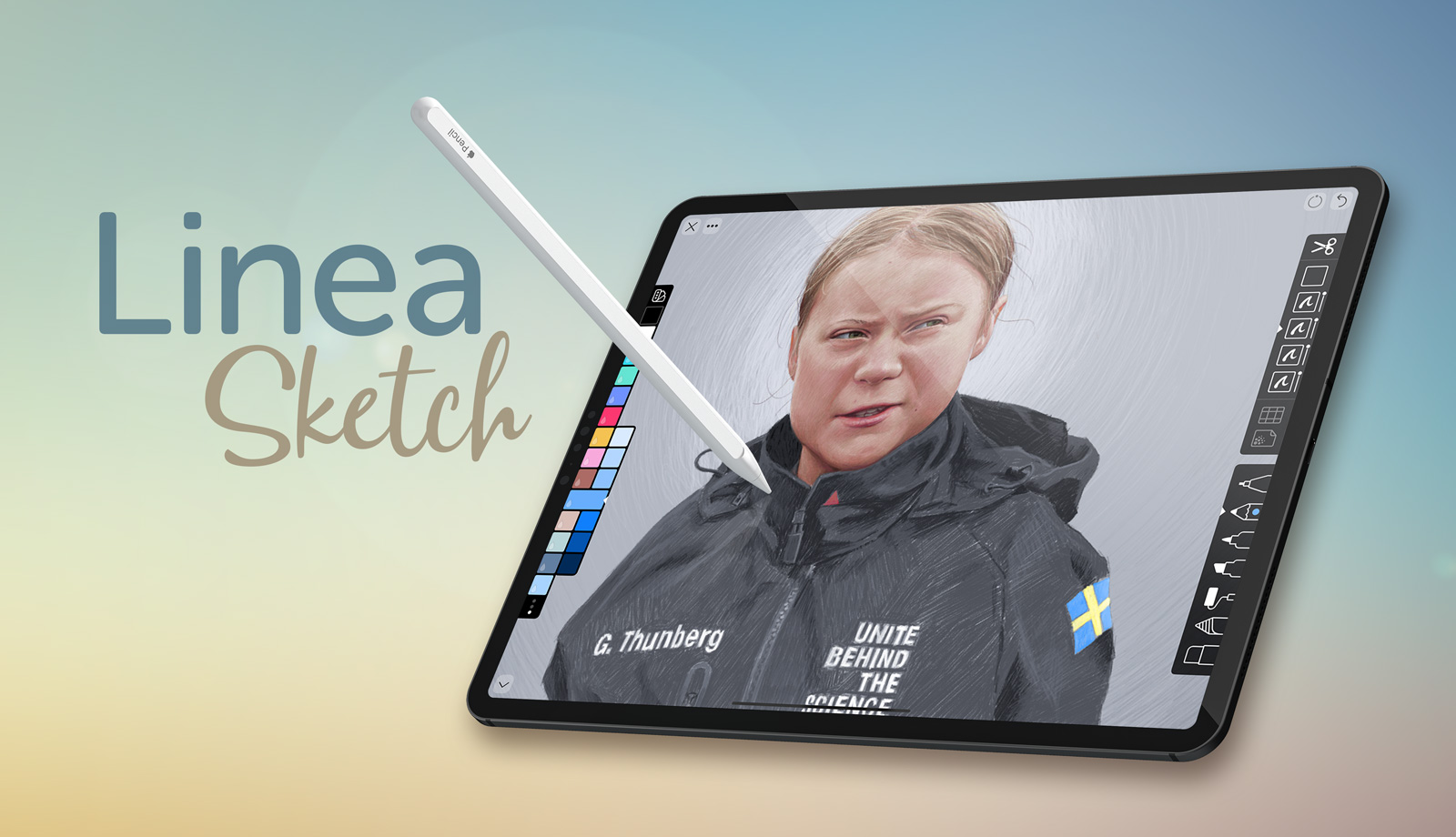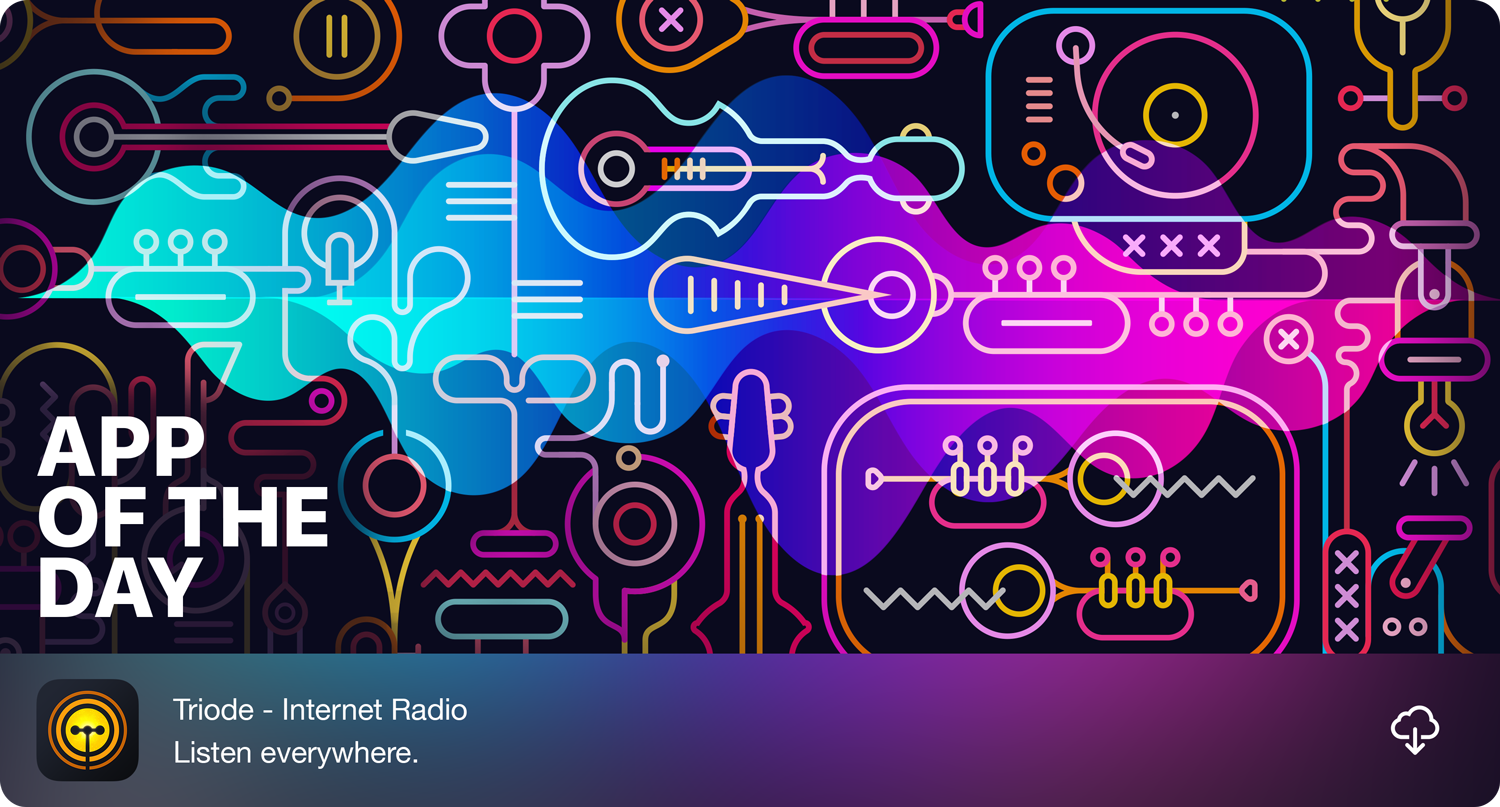
Today we’re announcing the release of Linea 2.8 with a handful of improvements and bug fixes.
- Improved performance for ZipShapes drawn with Art Pencil and Felt Tip Pen
- Multi-page PDF output can now be sorted with oldest or newest sketch first
- Tweaked color of crop overlay to work better with dark backgrounds
- Fixed 3×2 app icon template and rendering of hexagonal grid
- Fixed blurriness when pasting or importing sketches and images
- Preference to turn off tilt with Apple Pencil
Most important, however, is the news that the app will be transitioning to a subscription payment model. This will happen with the release of Linea 3.0 sometime early in 2020.
I HATE SUBSCRIPTIONS!
We tried hard to avoid a subscription, but the costs to maintain the app are much higher than the income from new sales. This is obviously not a sustainable situation! We have two options:
- Let the app die a slow, painful, and unsupported death
- Find a source of recurring revenue
The High Cost of Maintenance
We spent over 200 hours on the Linea 2.7 update. A majority of that time was not even spent adding new features, instead it was spent making sure that everything looked right with the operating system’s new Dark Mode!
Changes to the operating system are obviously outside of our control but they must be dealt with or else the app risks becoming unusable. For example, prior to our work to properly handle dark mode, if you went to select a new template, you were presented with a menu that had black text on a black background.
Apple has recently begun to make a distinction between “iOS” for the iPhone and “iPadOS” for iPads. We expect that we are entering a period where new iPad-specific features will require a lot of maintenance in the coming years. If we don’t keep up-to-date, you’ll be working with a broken or unusable version of Linea sooner rather than later.
What You’ll Get With a Subscription
To begin with, Linea will become a Universal app — your subscription will include full access on both your iPad and iPhone.
We’re also planning on some great new additions with Linea 3.0:
- Time-lapse to capture your creation as it evolves
- Templates with adjustable intensity
- Custom backgrounds with adjustable paper color and texture
- App themes and beautiful new app icons for your home screen
- QuickToggle: two-handed drawing is all we’re going to say :-)
- And more…
All of this comes at a low price: 99¢ per month or $9.99 per year (a 20% savings.) Additionally, if you purchased Linea at any time in 2019, you’ll also get a free one year subscription. If you still don’t own Linea Sketch, now’s the time to get on board.
Linea 3.0 will include a free trial where new users can create a handful of sketches without any time limits.
What Happens If I Don’t Subscribe?
Without a subscription, you will be in a free trial that limits the number of new documents you can create. Your existing sketches will still be editable and exportable, so they can be migrated to another app or saved for posterity.
Our companion app for macOS, Linea Link, also provides another way to download all of your sketches. To make this option easier, Linea Link is now available for free on the Mac App Store.
Let Me Keep Using The Old Version!
In our opinion, leaving an old version of the app to die on the App Store is irresponsible.
It is very likely that future changes to the operating system will break the ability to export your existing sketches entirely. If and when that happens, all of your valuable work would forever be lost.
The only way for us to continuously preserve access to your work is for us to keep the app up to date as best we can. To be able to afford to do that, we need your support.
If you still don’t agree, then feel free to export your work and move on.
We Love Linea
This has been a difficult decision for all of us here at the Iconfactory. We aren’t making this change lightly. We’re doing this because we know that many of you are like us—you rely on Linea to do your job or express your ideas and it would really stink if it went away.
Everything we do here at the Iconfactory is thanks to your generous support. We recently moved Twitterrific to a subscription model with positive results that guaranteed its future development. We hope you’ll help us do the same with Linea. Watch for the launch of Linea Sketch 3.0 sometime in early 2020.
